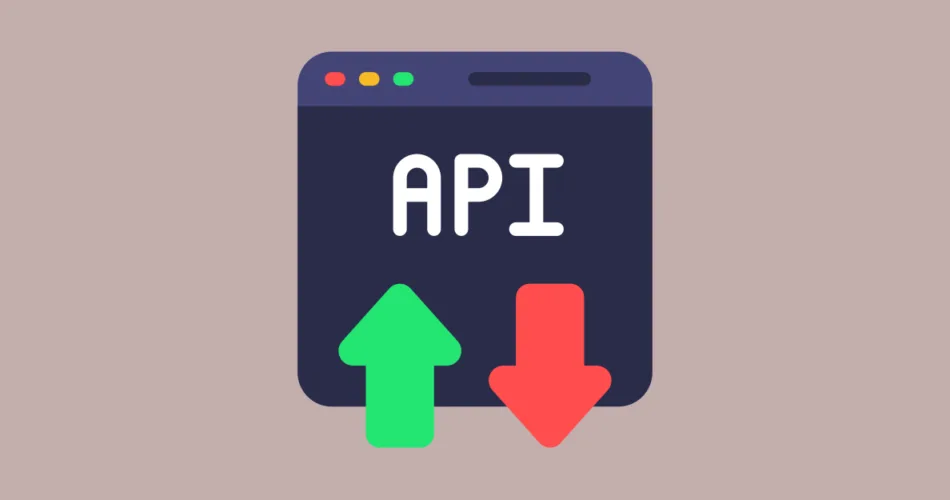In the world of RESTful APIs, designing robust request and response patterns is crucial for creating APIs that are both powerful and user-friendly. In this article, we’ll delve into essential patterns and best practices for handling requests and responses in RESTful APIs, with real-world Java code examples.
Filtering, Sorting, and Pagination
Handling large datasets efficiently is a common challenge in API design. To address this, you need to implement patterns for filtering, sorting, and pagination.
- Filtering: Allow clients to filter results based on specific criteria to obtain precisely the data they need.
- Sorting: Provide options for sorting results by specific fields or attributes.
- Pagination: Break results into manageable chunks for easy navigation.
// Java Example: Filtering, Sorting, and Pagination
@Path("/products")
public class ProductResource {
@GET
@Produces(MediaType.APPLICATION_JSON)
public Response getProducts(@QueryParam("category") String category,
@QueryParam("minPrice") double minPrice,
@QueryParam("maxPrice") double maxPrice) {
// Implement filtering, sorting, and pagination logic
// ...
}
}
Handling Query Parameters
Query parameters provide a flexible way for clients to customize their requests. However, handling them properly is essential to maintain data integrity and security.
- Validation: Always validate and sanitize query parameters to ensure data integrity and prevent security vulnerabilities.
- Default Values: Provide default values for query parameters to simplify client requests.
- Documentation: Document available query parameters in your API documentation for client reference.
// Java Example: Handling Query Parameters
@Path("/products")
public class ProductResource {
@GET
@Produces(MediaType.APPLICATION_JSON)
public Response getProducts(@QueryParam("category") String category,
@DefaultValue("0.0") @QueryParam("minPrice") double minPrice,
@DefaultValue("1000.0") @QueryParam("maxPrice") double maxPrice) {
// Validate and process query parameters
// ...
}
}
Versioning APIs (URI, Header, Content Negotiation)
As your APIs evolve, maintaining compatibility with existing clients becomes critical. API versioning is the solution to this challenge. There are several methods for versioning your APIs, and it’s essential to choose the one that best fits your use case.
- URI Versioning: Include version information in the URI (e.g., `/v1/resource`).
- Header Versioning: Use custom headers (e.g., `Api-Version: 1`) to indicate the API version.
- Content Negotiation: Utilize content negotiation (e.g., `Accept: application/vnd.myapi.v1+json`) to specify the desired version in the request.
// Java Example: URI Versioning
@Path("/v1/products")
public class ProductResourceV1 {
// ...
}
// Java Example: Header Versioning
@Path("/products")
@HeaderParam("Api-Version") int apiVersion
public class ProductResource {
// ...
}
// Java Example: Content Negotiation
@Path("/products")
@Produces("application/vnd.myapi.v1+json")
public class ProductResource {
// ...
}
Choose the versioning method that aligns best with your API’s needs and the expectations of your clients. Proper versioning ensures that changes to your API do not disrupt existing integrations, fostering a smooth and stable user experience.
By implementing these request and response patterns in your RESTful APIs, you’ll provide clients with powerful customization options while ensuring the longevity and maintainability of your services.
// Java Example: Implementing HATEOAS
@Path("/users/{userId}")
public class UserResource {
@GET
@Produces(MediaType.APPLICATION_JSON)
public Response getUser(@PathParam("userId") int userId) {
User user = // Fetch user data
Link selfLink = Link.fromUri("/users/" + userId).rel("self").build();
user.addLink(selfLink);
return Response.ok(user).build();
}
}
By following these RESTful API best practices, you can create APIs that are intuitive, predictable, and well-suited for client development.
This comprehensive guide to request and response patterns in RESTful APIs equips you with the knowledge and Java code examples needed to build robust and user-friendly web services. Whether you’re designing APIs for e-commerce, social networks, or any other domain, applying these best practices will set you on the path to success.
Remember that great APIs are not just about endpoints and data but also about delivering an exceptional user experience.
Now, go forth and create APIs that stand out in the world of web services!
// Java Example: Implementing HATEOAS
@Path("/users/{userId}")
public class UserResource {
@GET
@Produces(MediaType.APPLICATION_JSON)
public Response getUser(@PathParam("userId") int userId) {
User user = // Fetch user data
Link selfLink = Link.fromUri("/users/" + userId).rel("self").build();
user.addLink(selfLink);
return Response.ok(user).build();
}
}
Subscribe to our email newsletter to get the latest posts delivered right to your email.


Comments